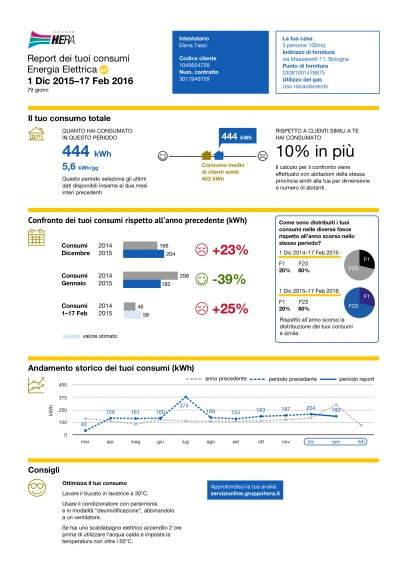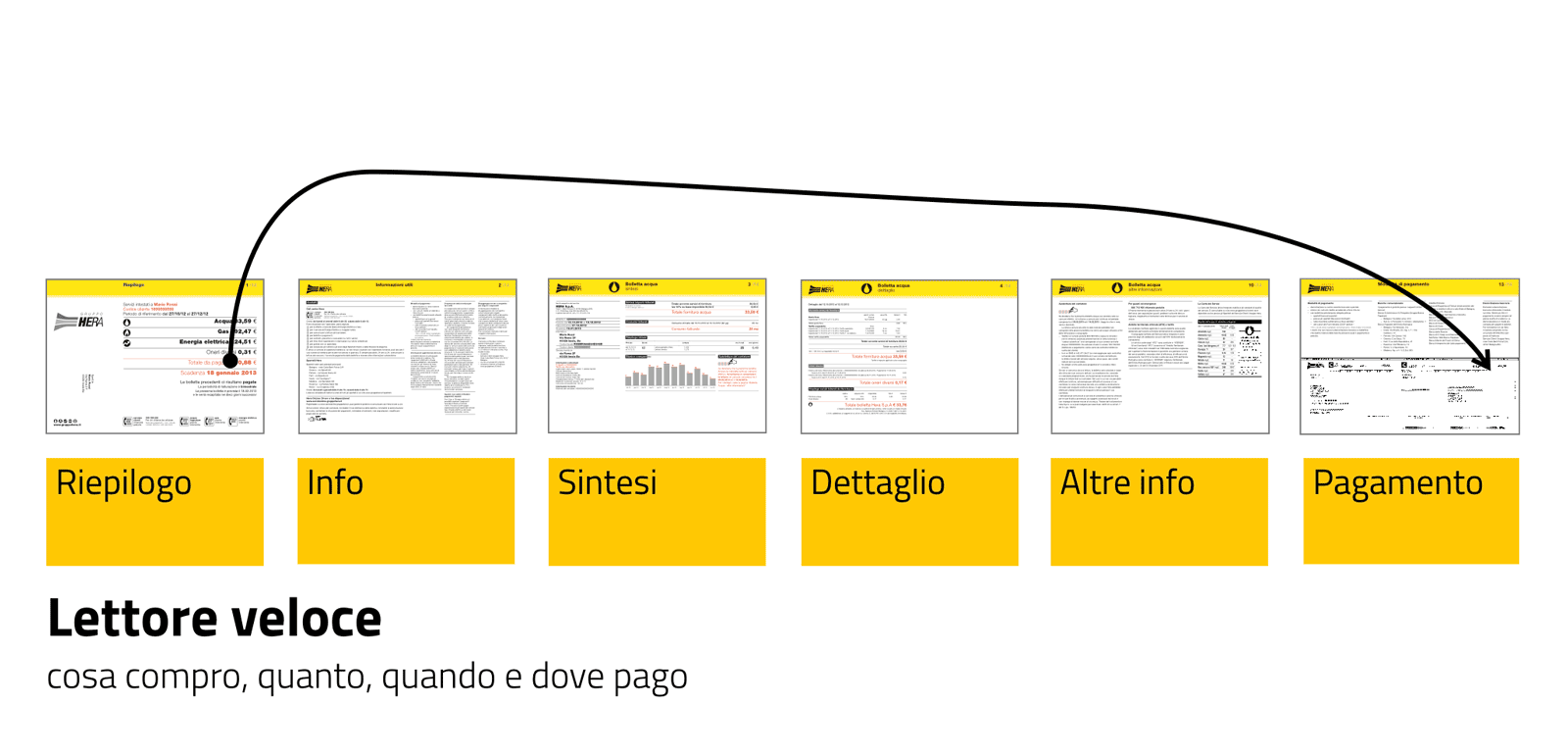This article is is green
How to tell the relationship between a company, an institution or a product with the environment?
Caught between environmental cynicism and the glitter of greenwashing, the topics we relate in this article may seem naïve or even idealistic. Here, you won’t find any green reports of mandatory participation, praise of green marketing or infographics full of numbers and different shades of green.
What you will find is the utmost respect for environmental issues and the way they are narrated by companies and public and private institutions who need to explain the consequences of their environmental activities through effective and transparent presentations.
We have been handling these issues for decades and are well aware how this narrative, which can potentially add quality and value to products and services, poses a series of complex ethical, social, strategic and operational questions that the information and communication design has to answer.
Thanks to the work of our highly motivated team we can analyse, process and produce contents and the tools required to communicate them effectively.
Analysis, Transparency, Public Utility Communications and Education. We have identified four action steps for recounting and communicating the environment.
Action step 1. Analysis
From ecological footprint to ecological vision
Our research and initial analysis are designed to investigate the relationship between a company’s ecological footprint and the ecological vision it transmits to the outside world.
Our aim is two-fold. On one hand, we seek to collect data and information on which to base the strategy of our ecological narrative. On the other hand, it makes the company or institution aware of the relationship it cannot help but construct with the environment.
This first step is used to prepare an area of fertile ground in the company in which it can adopt and embrace an ecological vision as one of its corporate ideals.
This research involves analysing in detail the state of environmental issue communications in the reference segment, and its perceived value with both competitors and stakeholders.
Environmental values are linked to services and performance, any grey areas are clarified and any environmental impacts are highlighted. In this way a patrimony of environmental material and values is built up which acts as a foundation for the development of all later communication activities.
Action step 2. Transparency: from information publication to information accessibility
The first operational step is to make accessible any company documents that affect the environment in any way. This does not mean simply publishing them in their cryptic entirety, but above all editing reports, statistics, organisation charts, balance sheets, bills and invoices so they are easy to understand and use.
Making balance sheets and bills accessible and providing apps for differentiated waste or energy saving are just some of the services that both help the citizen and build a trusting relationship with the company.






Translating environmental services into simple, easy to consult information is a task that affects the entire structure of a company. It requires the construction of a solid information structure, painstaking text editing and a careful production of graphics, infographics and data visualization, in order to make documents accessible to different kinds of users in different formats and contexts.
These same communication tools often also become significantly useful as promotional and marketing elements that highlight the company not only for the services it offers, but also for the values it embodies.
Action step 3. Advertising: from propaganda to public utility communications
Can you advertise air or water? Is it effective to use propaganda to explain the importance of differentiated waste?
Propaganda and advertising are functional media for the sale of goods and services. They, however, use channels, visual codes and rhetorical structures that are inappropriate when communications seek to alter the way people behave as this requires awareness and a critical knowledge of environmental issues.
We are convinced of the need to use literature, art, poetry, play and design to transmit the critical awareness that helps people understand the connections between things, production systems and the environment. To see and imagine the future better.
Passing from propaganda to public utility communications means identifying and experimenting with new communication paradigms. It means constructing transmission channels and usage contexts in which stories and images help generate a common vision that combines environmental awareness and company values.
Writers such as Paolo Nori, Matteo Marchesini and Gianumberto Accinelli; photographers like Luca Capuano; and illustrators like Vittoria Facchini, Tuono Pettinato, Giuseppe Palumbo and Vanna Vinci are just some of the storytellers who have helped and continue to help us construct environmental imagery.

Action step 4. Education: from instructions to education
We are surrounded by information about how we should behave in order to safeguard the environment. And most of this information appears in the slightly domineering form of prohibitions, obligations, duties and instructions, even if sometimes it is mediated as good codes of conduct, advice or reflections. Both types are found everywhere, but they rarely go beyond the contingent instruction.
It is essential to explain clearly why a certain kind of behaviour is required or recommended, what its effects are and what impact it will have on the environment.
This type of in-depth information, which contextualizes a product or conduct in the circular economy, is often absent in product and service communications. This ranges from children’s publishing, where there are still relatively few books that focus on environmental issues, to school books where specific information has only recently begun to appear and onto instructions for waste differentiation in which little or nothing is said about the context or waste cycle in question.
Many of the projects we have developed are designed to move away from this instruction-based model in order to promote virtuous actions and conduct based on shared information, data and reflections.







Conclusions
Looking at what is happening around us, we asked ourselves how we could narrate a company’s relationship with the environment without falling into the trap of greenwashing. Instead of resorting to vague and deceptive terms that are omnipresent, like eco-friendly, natural, bio, green etc. and seasoning everything with alluring graphics picturing uncontaminated landscapes, we start from a painstaking analysis of concrete data.
We believe that a transparent presentation of data, the adoption of different languages based on context and targets, a careful coordination of tone of voice and visual identity and an attentive use of social channels are all highly successful ways of achieving the customer’s goals.
The communication projects that we develop and perfect for our clients feature stories, images, and physical and virtual environments that create a close bond between their activities and the environment, ecology and sustainability.
Over time this relationship has become as essential a value as their company performance. A quantifiable value that qualifies their brand.
Beppe Chia
